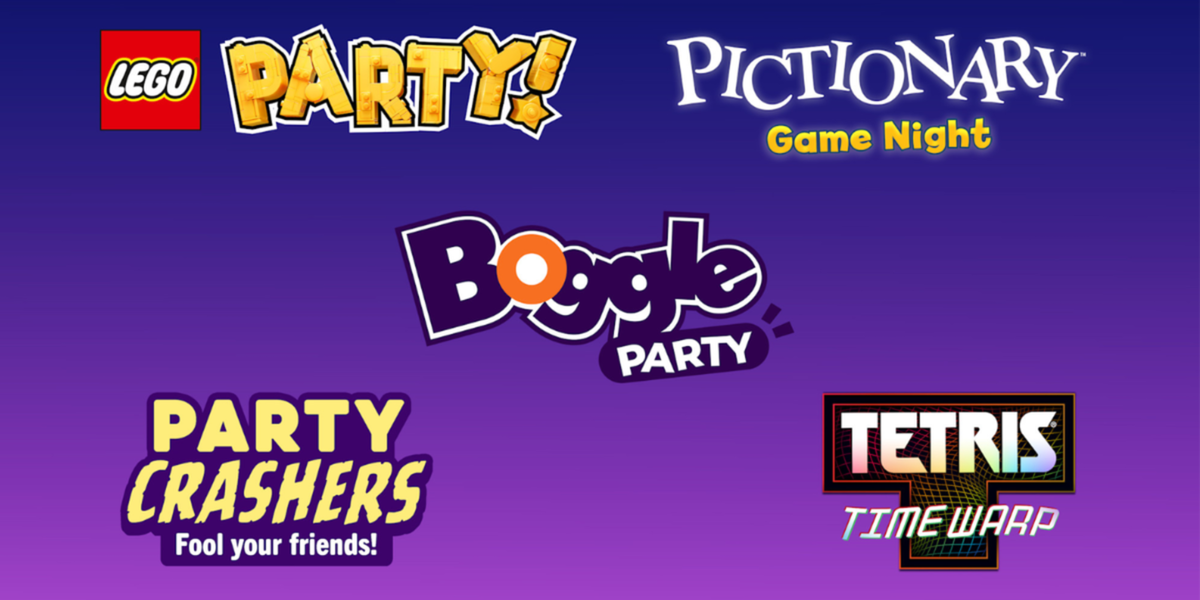Turn science into music or voice scientific data, became something more and more frequent. We know how everything sounds, from the decimal places of pi to sunrise on Mars. However, we have never heard of periodic table sound. Or at least not the way it is now.
A recently graduated scientist named Walker Smith, has been able to convert the various elements of the periodic table into sound by taking into account the light they emit. He presents the results today at the annual meeting American Chemical Societyalthough this is only the beginning of his ambitious goal.
In fact, he wants to turn the periodic table into an instrument that can be played to interpret various melodies. This will be posted on WonderLab Museum of Science, Health and Technology in Bloomington, in Indiana. However, it can also be useful in the classroom to help visually impaired people study the periodic table. This is something very original, which, no doubt, could not get out of the hands of another scientist, since this is not the first time Smith has turned chemistry into music.
Sonata in C major for periodic table
In previous research, Smith turned molecules into musical notes by analyzing how they vibrate and converting it to sound. However, what he did now was to focus on the light emitted by each element on the periodic table.
The spectra of each are commonly used to identify chemical compositions. For example, the spectra of a cloud formed as a result of a DART collision with your asteroid were recently measured in order to better understand it. compound.
This is so because when light falls on a substance, its constituent elements absorb and emit at different wavelengths, creating a unique spectrum. Knowing this, Smith wondered what would happen if he voiced this spectrum.
To do this, he was helped by two experts from Indiana University: David Klemmerfrom the Faculty of Chemistry and Chi Wang, from the Jacobs School of Music. Everyone gave him support in their field so that he could achieve optimal data voicing. Thus, they saw that there is a certain similarity in the vibrational patterns of light and sound. For example, as they explained in their statement, “under the visible light colorspurple has almost twice the frequency of red, and in music, doubling the frequency corresponds to one eighth“.
For this reason, the entire spectrum of visible light can be considered as octave of light. That is a set of eight notes. For example, from one C to the next higher C. The only problem is that if you equate the frequencies, then in the case of sound, the octave will be in a range that is not audible to humans. So Smith began to decrease the frequencies of the sine waves by about 10 upgraded to -12.
very different sounds
Despite covering what would be an octave, it cannot be said that every element in the periodic table would be a note. In fact, if it is, there will be missing entries for all of them. In fact, what is created from the spectrum, harmony consists of several notes, as it is absorbed and emitted by different colors of the spectrum.
The result is very varied. For example, the statement reports that the simplest elements, such as hydrogen or helium, barely reach a simple chord. However, others like Calcium they sound like a group of bells, and zinc like an angelic choir. At least that’s how it reminds Smith and his staff.
It is also true that some notes sound upset. That is, if we tried to play chords with the piano keys, we would get tones that do not correspond to any of them. It could be adjusted, so they did. However, Smith wanted to disrupt the result as little as possible.
So when you create your tool, it will be completely proportional to reality. Thus, blind peopleas well as any other person who wants to know how the periodic table sounds.
Source: Hiper Textual












